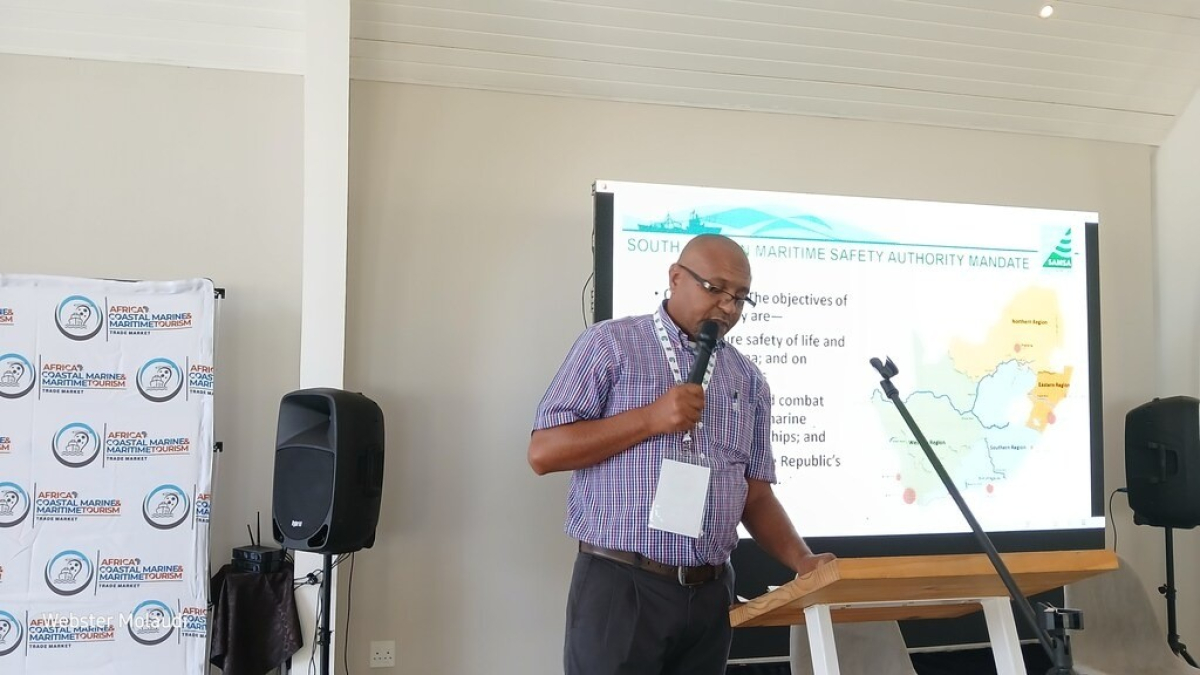At the Coastal & Waterways Tourism Investment Summit 2025, Dr. Imraan Davis, Northern Region Principal Officer for the South African Maritime Safety Authority (SAMSA), delivered critical insights on maritime and boating safety across South Africa’s inland waterways.
Dr. Davis, who has been quoted extensively on safety inspections in areas such as the Vaal Triangle, underscored SAMSA’s mandate to ensure that boating and maritime activities are carried out safely and responsibly.
Findings from Inspection Campaigns
Presenting the outcomes of SAMSA’s concentrated inspection campaigns, Dr. Davis highlighted several recurring challenges:
- Accessibility of lifejackets and safety equipment, with some vessels storing them out of reach.
- Training gaps among officers and operators, leading to inconsistent enforcement of safety protocols.
- Incident reporting weaknesses, which delay effective response and prevention measures.
“These inspections are not just about compliance,” Dr. Davis noted. “They are about protecting lives, preventing accidents, and ensuring that waterways remain safe for both tourists and operators.”
SAMSA’s Role in Maritime Safety
Established by an Act of Parliament in 1998, SAMSA has three key objectives:
- To ensure the safety of life and property at sea and on inland waters.
- To prevent and combat pollution of the marine environment by ships.
- To promote South Africa’s maritime interests both locally and internationally.
Through training, enforcement, and awareness programmes, SAMSA plays a vital role in strengthening South Africa’s Blue Economy while upholding global safety standards.
Safety as a Tourism Enabler
Dr. Davis emphasized that boating safety is not only a regulatory requirement but also an enabler of tourism growth. Tourists are more likely to engage in water-based activities when they feel confident about safety measures in place.
“Safety and tourism are two sides of the same coin,” he said. “By embedding a culture of safety, we not only protect lives but also build trust in South Africa’s inland and coastal tourism industries.”
A Call for Shared Responsibility
In closing, Dr. Davis encouraged stronger collaboration between government agencies, private operators, and local communities to ensure that safety becomes a shared responsibility.
“The future of inland waterways as vibrant tourism destinations depends on our ability to keep them safe, sustainable, and welcoming,” he concluded.

